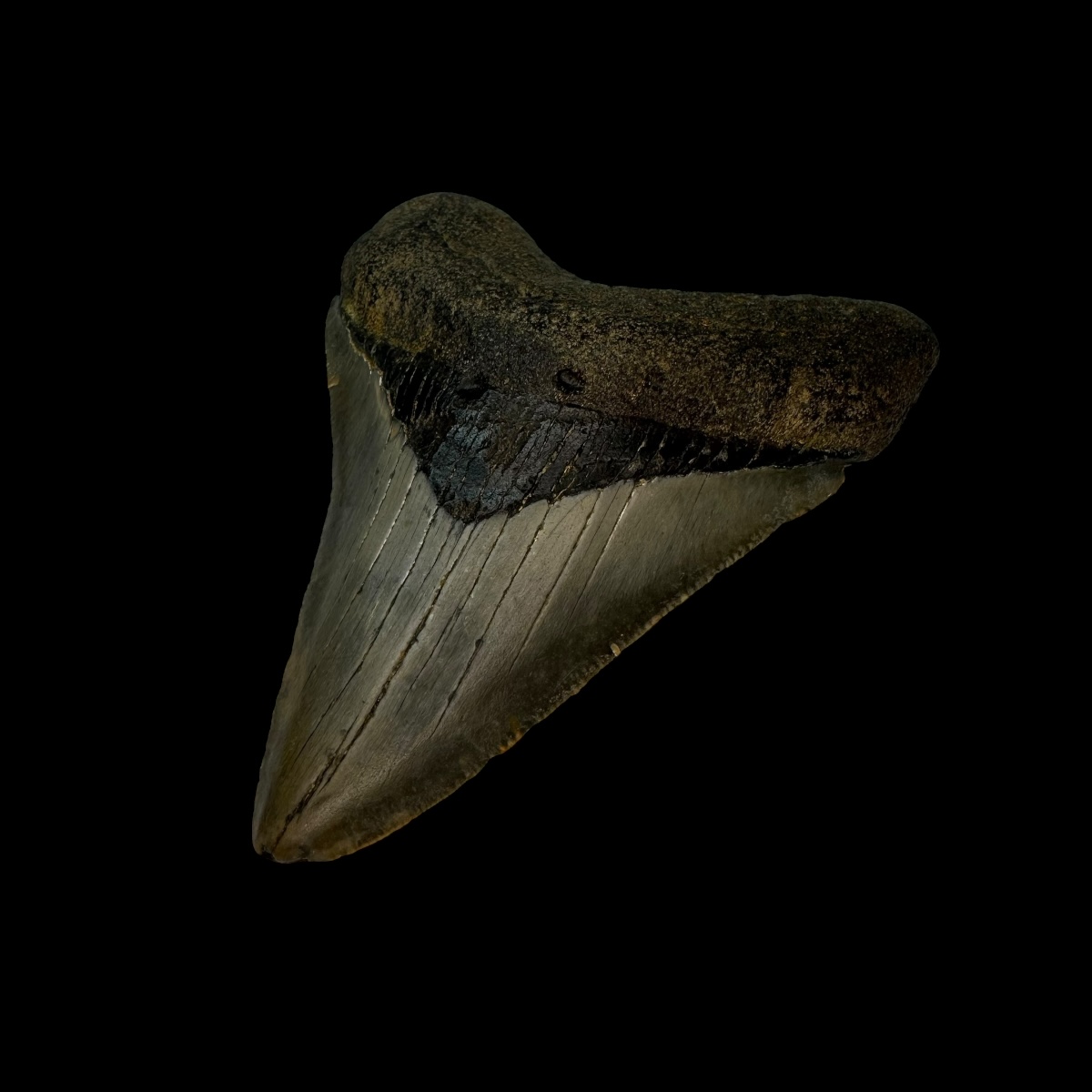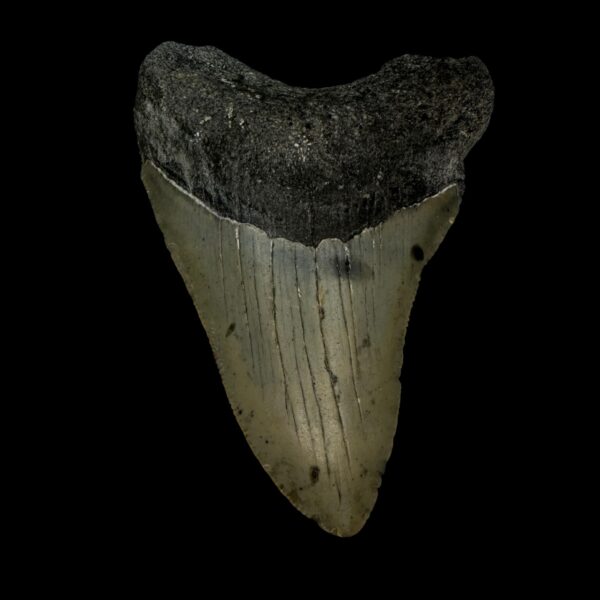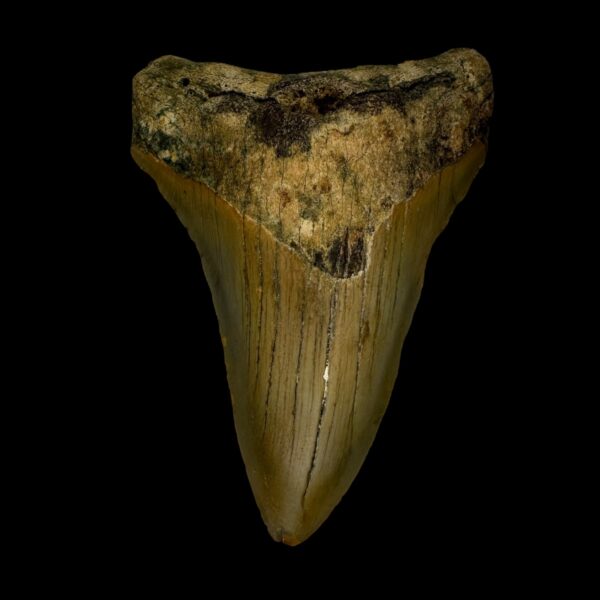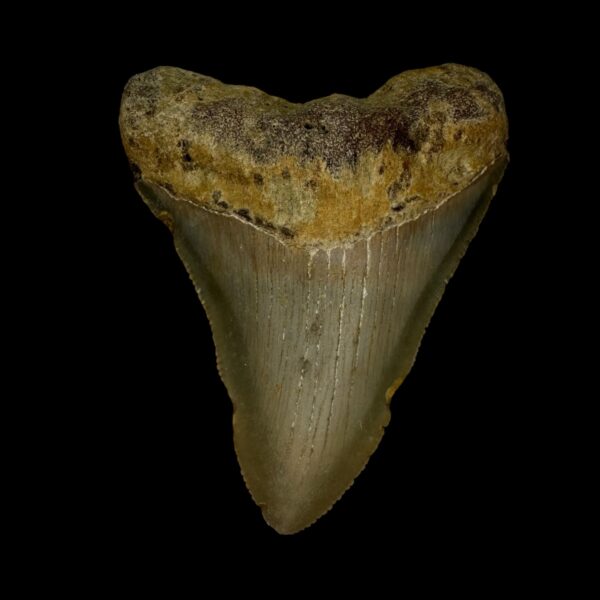Insider Adventure: 6 Hidden Dangers and Rewards of Diving for a Megalodon Tooth Fossil
Introduction: The Thrill and Risk of Megalodon Fossil Diving
Diving for a Megalodon tooth fossil is one of the most exciting adventures for fossil collectors and marine explorers. These giant teeth—remnants of a shark that could grow over 60 feet long—are hidden treasures buried deep in prehistoric seabeds.
But fossil diving is not just about discovery. It comes with serious risks that make the experience dangerous and unpredictable. In this insider guide, we’ll explore the 6 hidden dangers of fossil diving, the unique rewards that motivate divers, and why many collectors choose to buy certified fossils instead of risking their lives underwater.
The Fascination of Megalodon Fossil Diving
The Megalodon is one of the most legendary predators in Earth’s history. To hold one of its fossilized teeth is to connect directly with prehistory. That fascination drives divers to explore murky rivers, deep coastal waters, and fossil-rich sites despite the dangers.
At The Fossil Exchange, we understand that fascination—we dive for authentic fossils, but we also provide a safe alternative by offering certified Megalodon teeth for sale to collectors around the world.
👉 Explore our Megalodon Tooth Fossils for Sale.
6 Hidden Dangers of Diving for a Megalodon Tooth Fossil
1. Strong Ocean Currents
Many Megalodon fossils are found in offshore sites and rivers like North Carolina’s Black River. These locations often have dangerous currents that can disorient even experienced divers.
2. Limited Visibility
Fossil diving often happens in murky waters, where visibility can drop to less than 3 feet. Rocks, roots, and debris make it difficult to spot fossils safely.
3. Depth and Decompression Risks
Some fossil beds require dives over 100 feet deep. Without accurate decompression planning, divers risk decompression sickness (the bends).
4. Encounters with Marine Life
While modern sharks are far smaller than Megalodon, fossil divers still encounter barracudas, stingrays, and aggressive eels.
5. Equipment Malfunctions
Unlike recreational dives, fossil expeditions last longer and push equipment to its limits. An oxygen tank or light malfunction can be life-threatening.
6. Legal and Environmental Restrictions
Some states regulate fossil collection. Removing fossils from protected zones can lead to confiscation and fines. Always check local regulations before diving (NOAA).
Rewards of Megalodon Tooth Fossil Diving
Finding Authentic Fossils
The biggest reward is uncovering a genuine Megalodon tooth fossil—a piece of history millions of years old.
The Thrill of Discovery
For many, the adrenaline rush of finding something untouched for millennia is priceless.
Fossils as Investments
Large, collector-grade Megalodon teeth can sell for thousands of dollars.
👉 Want the value without the risk? Explore our Realistic Value: 5 Expert Clues to Know How Much a Megalodon Tooth Fossil Is Worth.
Personal Connection to Prehistoric Oceans
Every tooth carries a story, making it more than just a collectible—it’s a connection to Earth’s past.
Accurate Facts About Fossil Diving
According to PADI, fossil divers often reach depths of 80–120 feet, far beyond beginner levels. Fossil-rich regions documented by NOAA include Florida, South Carolina, and North Carolina rivers.
Teeth range from 2 inches to over 6 inches.
Large specimens are rare, fragile, and highly valuable.
Many collectors prefer buying authentic fossils rather than risking deep dives.
⚖️ Table: Dangers vs. Rewards of Fossil Diving
| Hidden Dangers | Potential Rewards |
|---|---|
| Strong currents can disorient divers | Recovering authentic Megalodon fossils |
| Low visibility in murky waters | Adrenaline of discovery |
| Decompression risks at deep sites | Fossils worth thousands of dollars |
| Encounters with marine life | Connection with prehistoric oceans |
| Equipment malfunctions underwater | Prestige in collector communities |
| Legal restrictions in fossil zones | Owning a one-of-a-kind piece of history |
Expert Tips for Safer Fossil Diving
Never dive alone—always dive with an experienced partner.
Train for advanced or technical diving before attempting fossil sites.
Use high-quality gear and always carry backups.
Research local fossil collection laws before diving.
Respect ecosystems: collect fossils, but leave habitats intact.
FAQs About Megalodon Fossil Diving
Q1: Where can you dive for Megalodon fossils?
Top fossil diving locations include North Carolina’s Black River, South Carolina’s Cooper River, and Florida coastal areas.
Q2: Is it legal to collect Megalodon teeth?
It depends on the region. Some areas allow recreational collecting, others prohibit it. Always check local regulations (Smithsonian Ocean Portal).
Q3: How dangerous is diving for Megalodon fossils?
It carries risks such as decompression sickness, strong currents, and low visibility—far more dangerous than recreational diving.
Q4: What’s the value of a Megalodon tooth found while diving?
Small teeth may be worth $100, while large, collector-grade fossils can reach $10,000+.
Conclusion: Adventure vs. Alternative
Diving for a Megalodon tooth fossil is thrilling, but the dangers are real. For many, the smarter choice is to own a fossil without risking life and limb.
At The Fossil Exchange, we offer a safer way to enjoy these treasures: 100% authentic, certified Megalodon fossils recovered by professional divers.




